The Lotus Esprit S1 wasn’t built to win drag races—it was built to carve corners and turn heads. Debuting in 1976, it introduced Lotus to the mid-engine scene with a lightweight chassis, razor-sharp handling, and a design straight from Giorgetto Giugiaro’s sketchpad. But what really launched it into pop culture was its star turn in The Spy Who Loved Me, where it famously transformed into a submarine.
That very movie prop resurfaced decades later and was bought by Elon Musk in 2013. He reportedly planned to turn it into a real, drivable sub. It’s just one chapter in the story of a car that was always a little ahead of its time. Here are 10 fun facts that prove it.
It Became an Instant Icon Thanks to James Bond
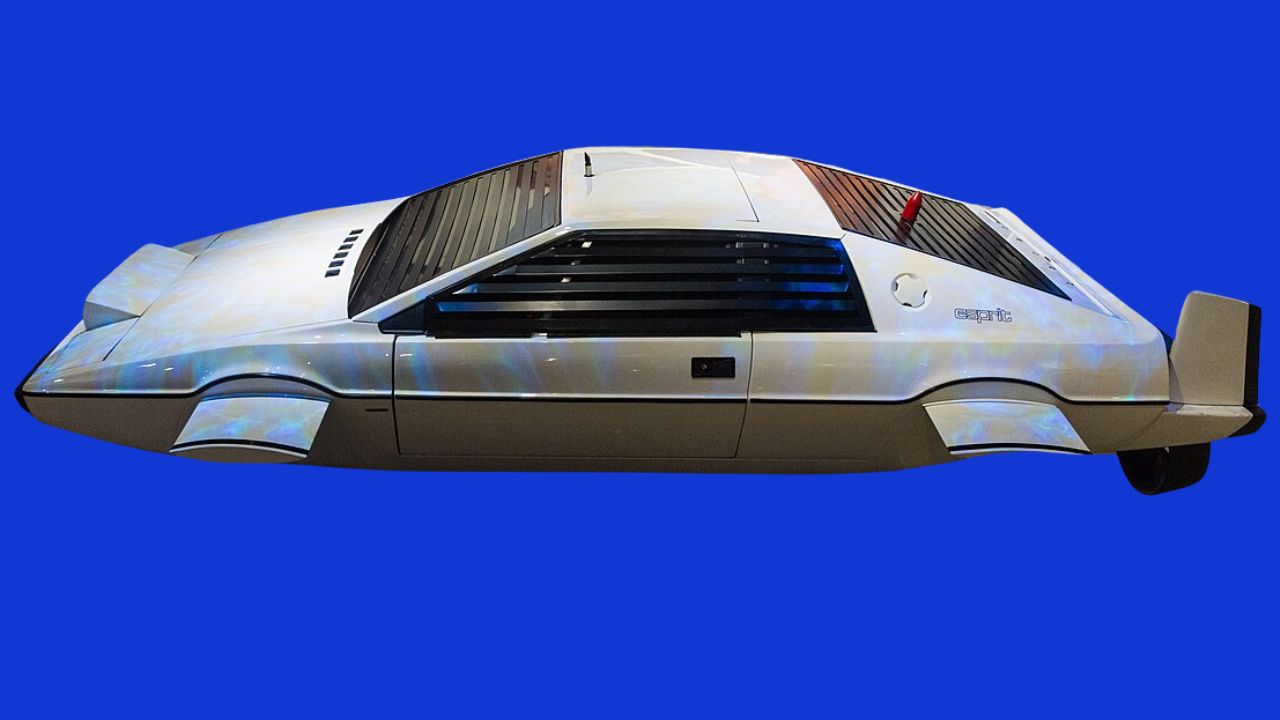
The Esprit S1 reached pop culture fame in 1977’s The Spy Who Loved Me, where it famously transformed into a submarine during a car chase. The movie car was a custom prop built by Perry Oceanographic, using a real S1 body shell.
In the film, Bond (played by Roger Moore) drove it off a pier, where it “converted” underwater. While the stunts were movie magic, the car’s futuristic look and exotic presence made a lasting impression. From that moment on, the Esprit was a star.
The Esprit S1 Was Designed by Giorgetto Giugiaro
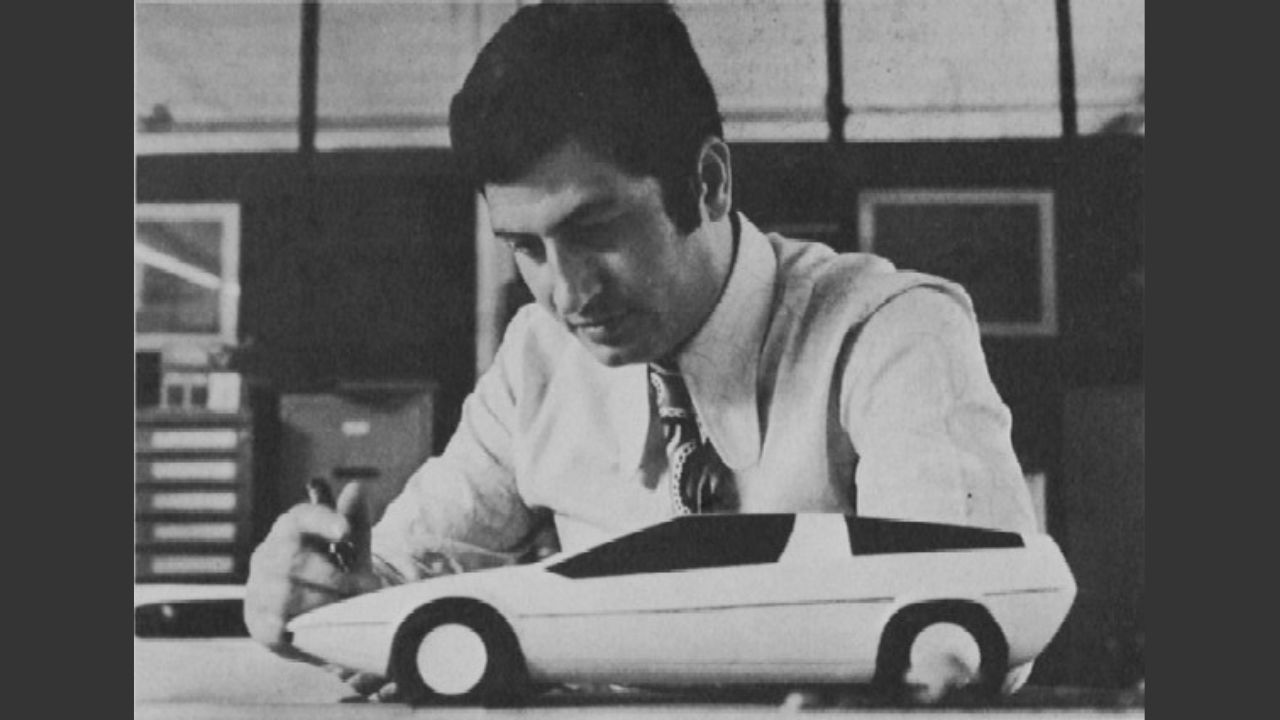
The Lotus Esprit S1 debuted in 1976 with one of the sharpest silhouettes of the decade. Its angular lines were penned by none other than Giorgetto Giugiaro—one of the most influential car designers of the 20th century.
The S1’s wedge shape helped define the “folded paper” design trend of the late ’70s. Beneath the fiberglass body sat a steel backbone chassis and a mid-mounted engine, giving the car a proper exotic layout at a far lower price point than its Italian rivals.
The Engine Was a Lightweight 2.0L Four-Cylinder
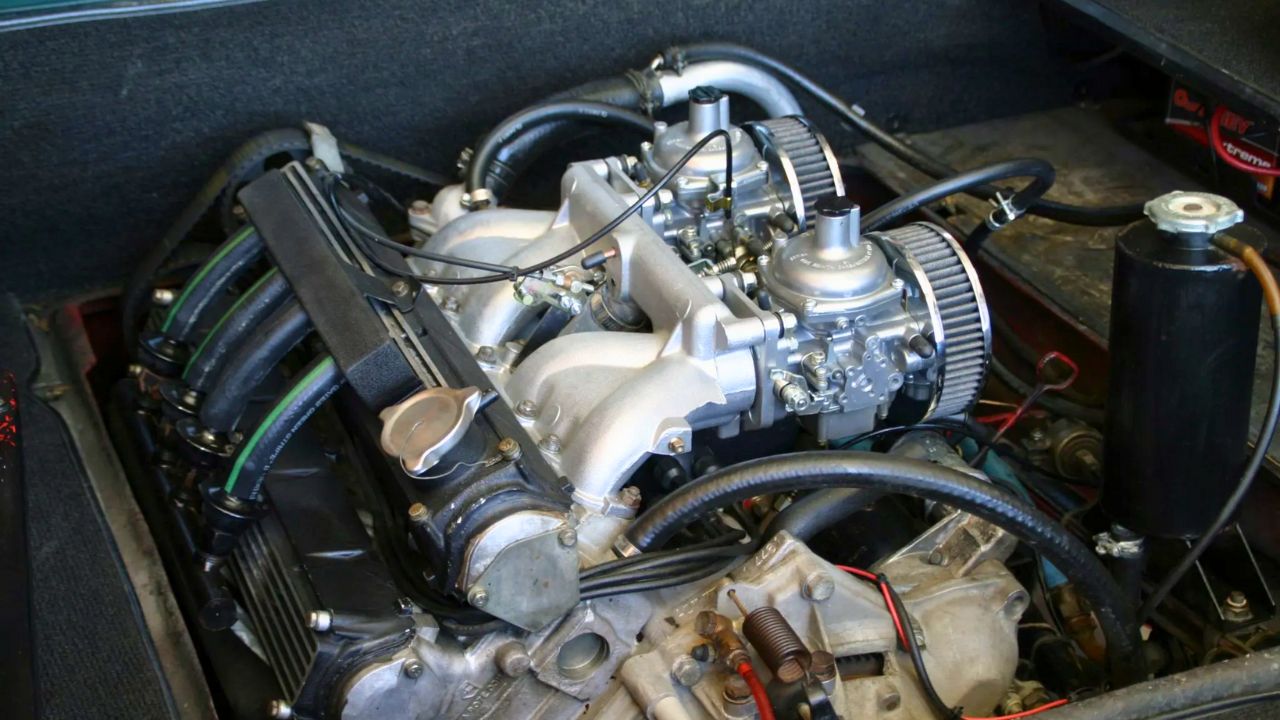
Powering the S1 was a 2.0-liter naturally aspirated inline-four known as the Lotus 907 engine. It produced 160 horsepower in European trim and 140 in the U.S., paired with a 5-speed manual gearbox sourced from Citroën.
What it lacked in brute force, it made up for in weight—just over 2,200 pounds. This made for quick reflexes, aided by a rear-mounted transaxle and a near-ideal weight distribution. It wasn’t a straight-line rocket, but in corners, it was all business.
Suspension Setup Was Classic Lotus
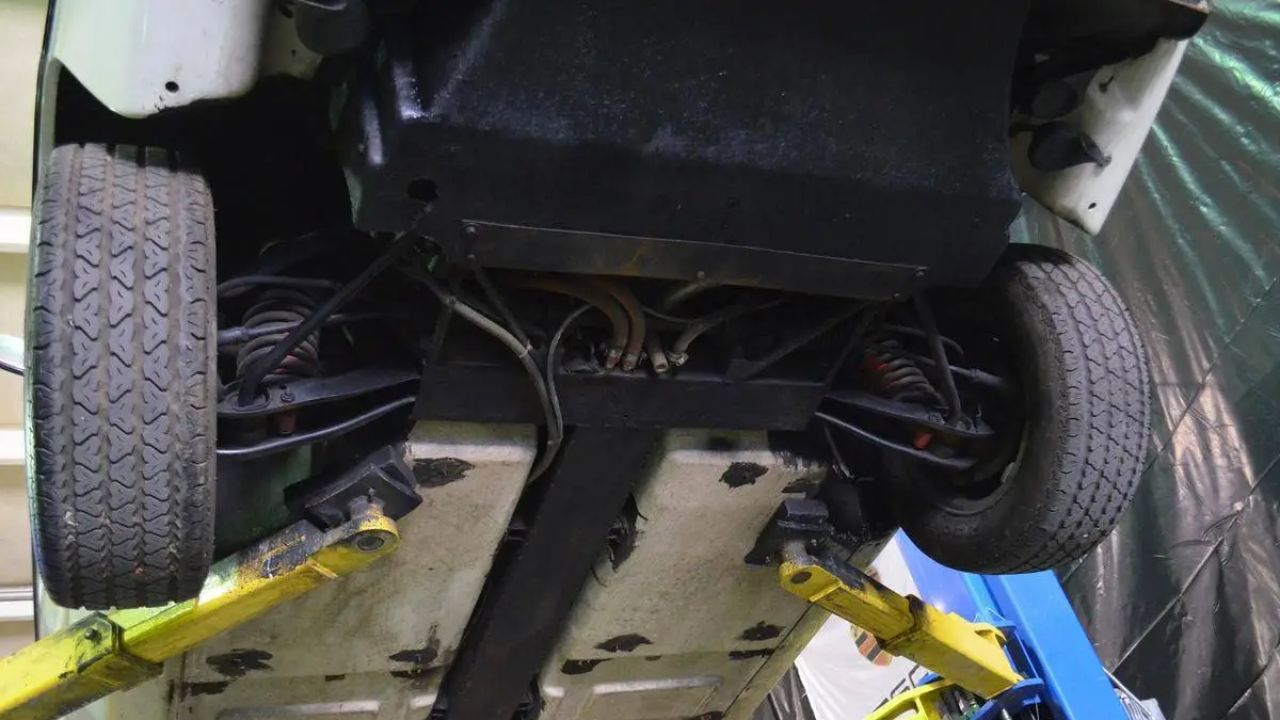
Lotus founder Colin Chapman believed in lightness over everything, and the S1’s suspension followed that mantra. Up front, it used double wishbones, while the rear relied on Chapman struts and lower lateral links.
This setup gave the car exceptional road feel and agility, even without modern electronics. The Esprit S1 wasn’t cushy, but it wasn’t supposed to be. On the right road, it came alive—especially in the hands of a driver who knew how to keep it on the edge.
The Interior Was Purely Driver-Focused
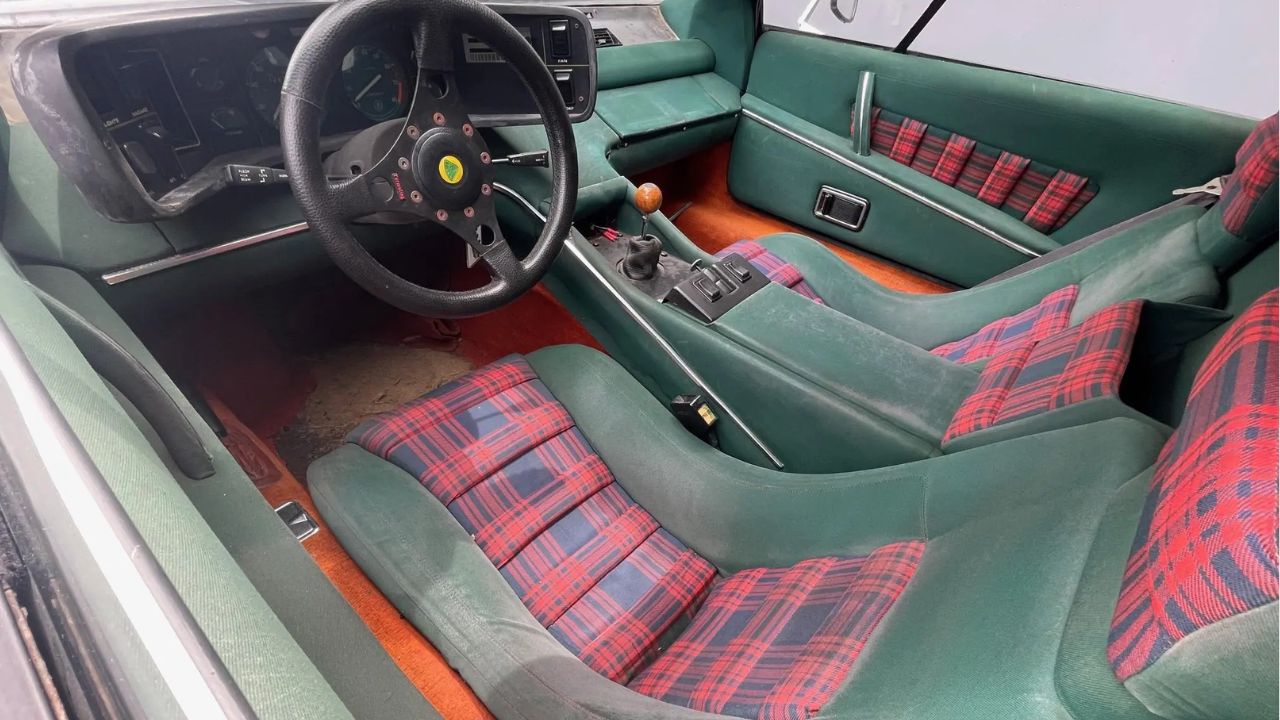
The S1’s cabin wasn’t flashy, but it was clean and purposeful. The dashboard was a low, horizontal sweep lined with analog gauges and switchgear borrowed from across the British car industry.
The seats were bolstered and low-slung, offering excellent visibility and a race car–like driving position. There was limited space, but the car was never intended for long cruises with luggage—it was built to connect the driver with the road, and it did that well.
Elon Musk Bought the Movie Submarine Esprit
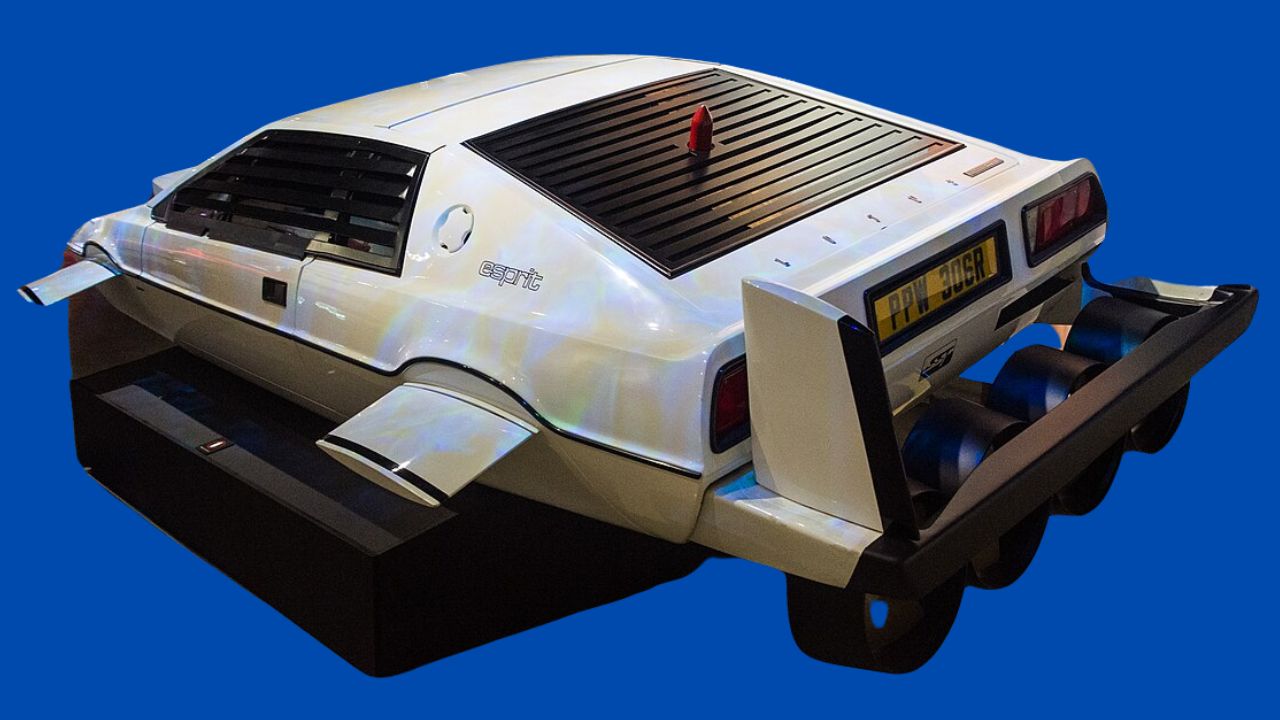
In 2013, the original underwater Esprit prop from The Spy Who Loved Me was auctioned off and purchased by Elon Musk for nearly $1 million. It had been found in a storage unit years earlier and restored before hitting the auction block.
Musk later revealed plans to turn it into a functional, submersible Tesla-powered vehicle. While that hasn’t materialized yet, the purchase brought renewed attention to the S1’s role in film history—and showed just how enduring the Esprit’s appeal still is.
The Esprit S1 Used Parts from Surprising Sources
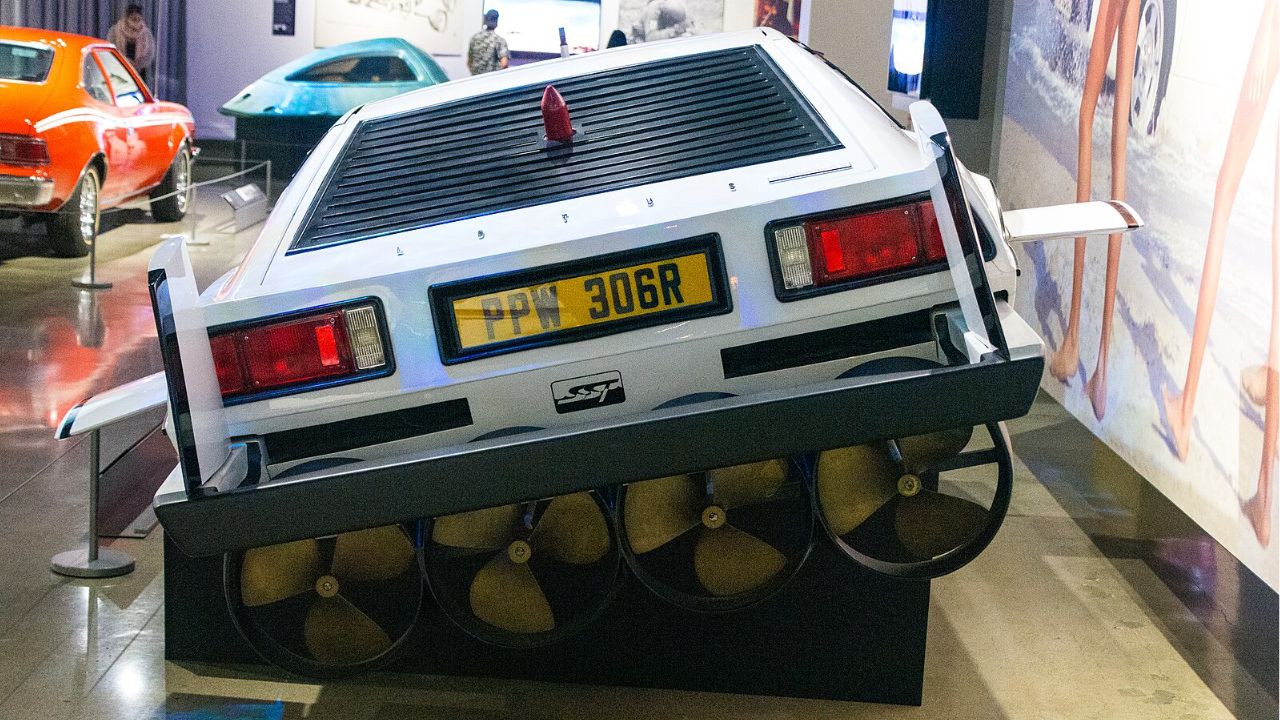
Like many small British sports car builders of the era, Lotus sourced parts wherever they could. The Esprit S1 borrowed taillights from a Fiat X1/9, interior bits from the Morris Marina, and side mirrors from a Citroën.
This resourceful mix gave the Esprit a unique charm, though it also created headaches for restorers trying to track down obscure trim. Despite the patchwork sourcing, the car came together beautifully, and its personality far exceeded the sum of its parts.
Cooling Was a Real-World Challenge
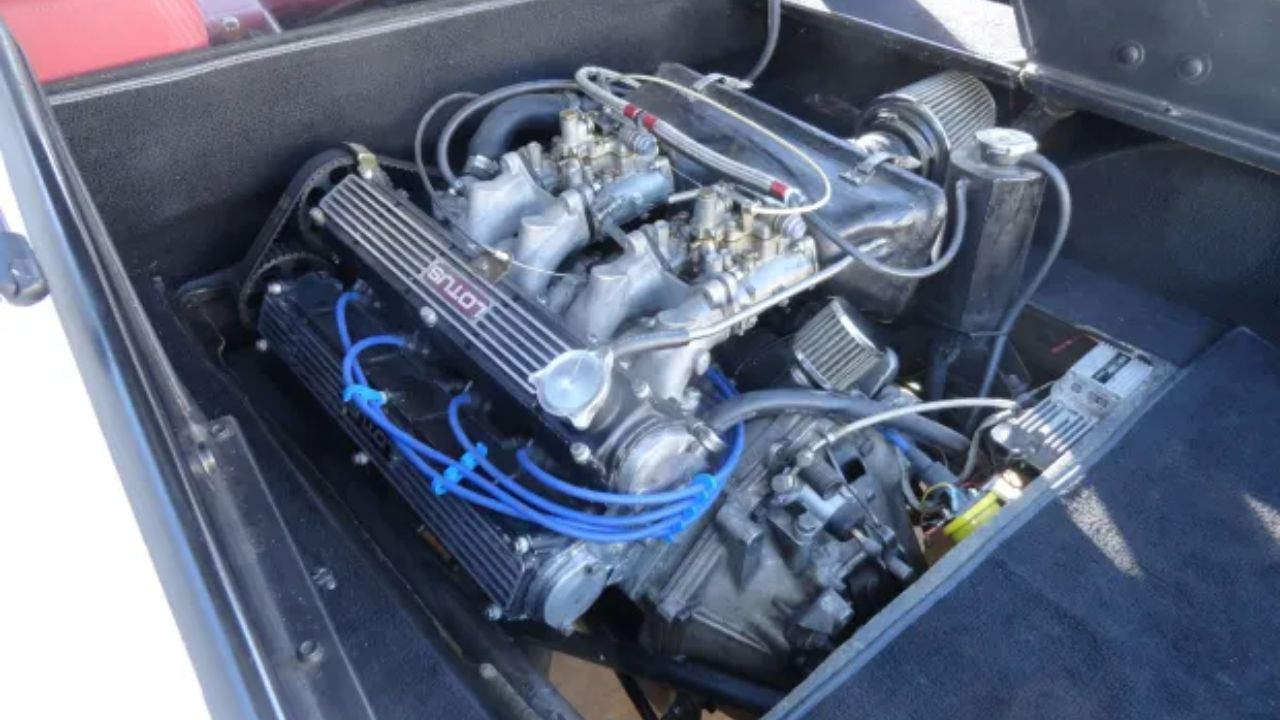
One of the S1’s weak spots was cooling. With a mid-mounted engine and rear-mounted radiator fans, heat management wasn’t ideal—especially in hotter climates or stop-and-go traffic.
Owners often added upgraded fans or modified cooling systems to keep temperatures under control. While not a dealbreaker, it was one of the quirks that came with owning an early Esprit. It’s part of what gives the S1 its reputation as a car that rewards involvement and attention to detail.
It Was Hand-Built at Hethel
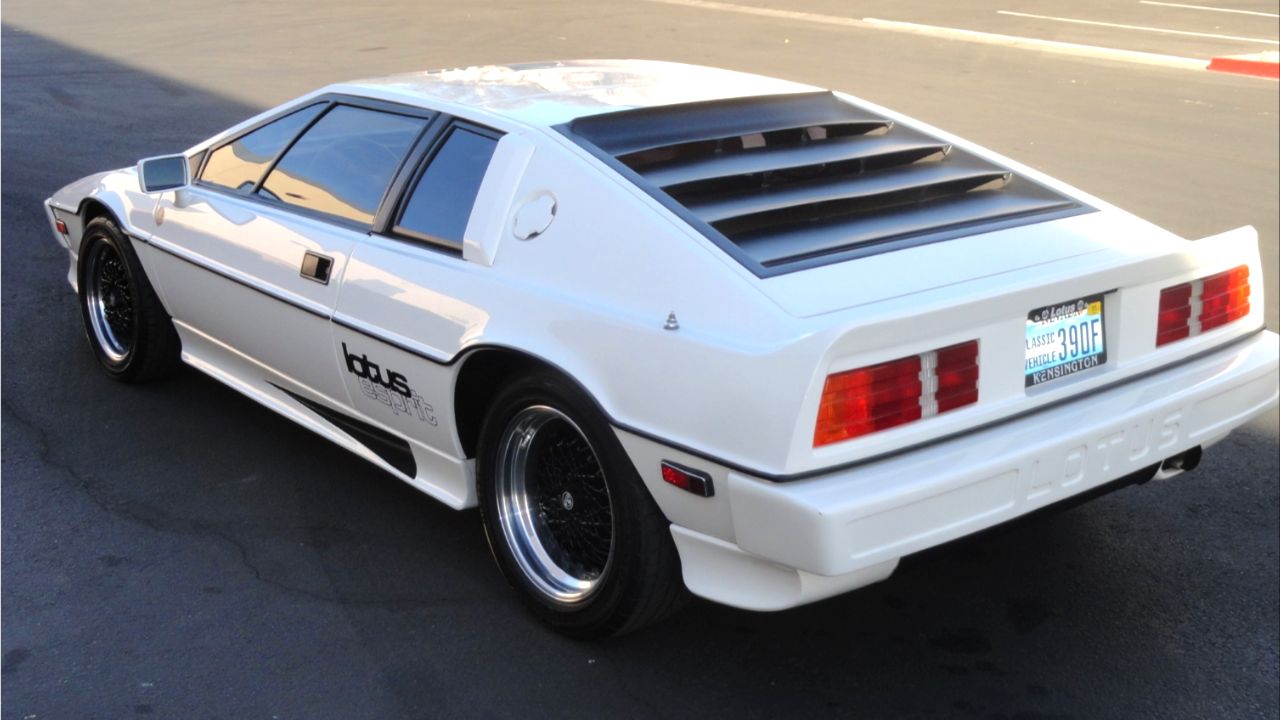
Each Esprit S1 was built by hand at Lotus’ factory in Hethel, England. The process was labor-intensive and far from modern automation—fiberglass body shells were bonded to the steel chassis, and interior trim was installed piece by piece.
The result was a car that felt raw and direct. No two were exactly alike, and while build quality varied, the driving experience was pure. It was an era when Lotus was still a small-volume builder focused on dynamics above all else.
It Set the Stage for Every Esprit That Followed
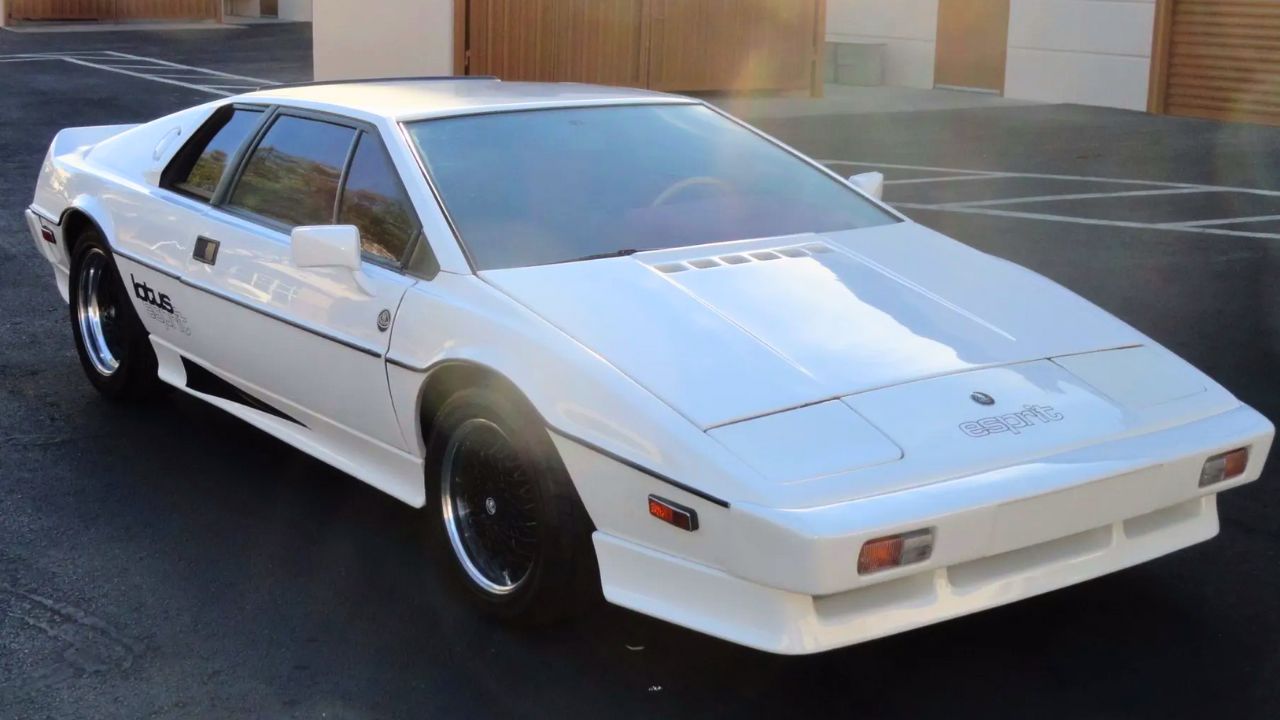
The S1 may not have had a turbocharger or a V8, but it established the formula that every Esprit iteration followed: mid-engine layout, lightweight construction, sharp handling, and a body that didn’t look like anything else on the road.
From the Turbo to the V8 models, every Esprit can trace its DNA back to the S1. It laid the foundation for one of the longest-running British sports car nameplates and proved that Lotus could build a proper exotic—on its own terms.
*Created with AI assistance and editor review.

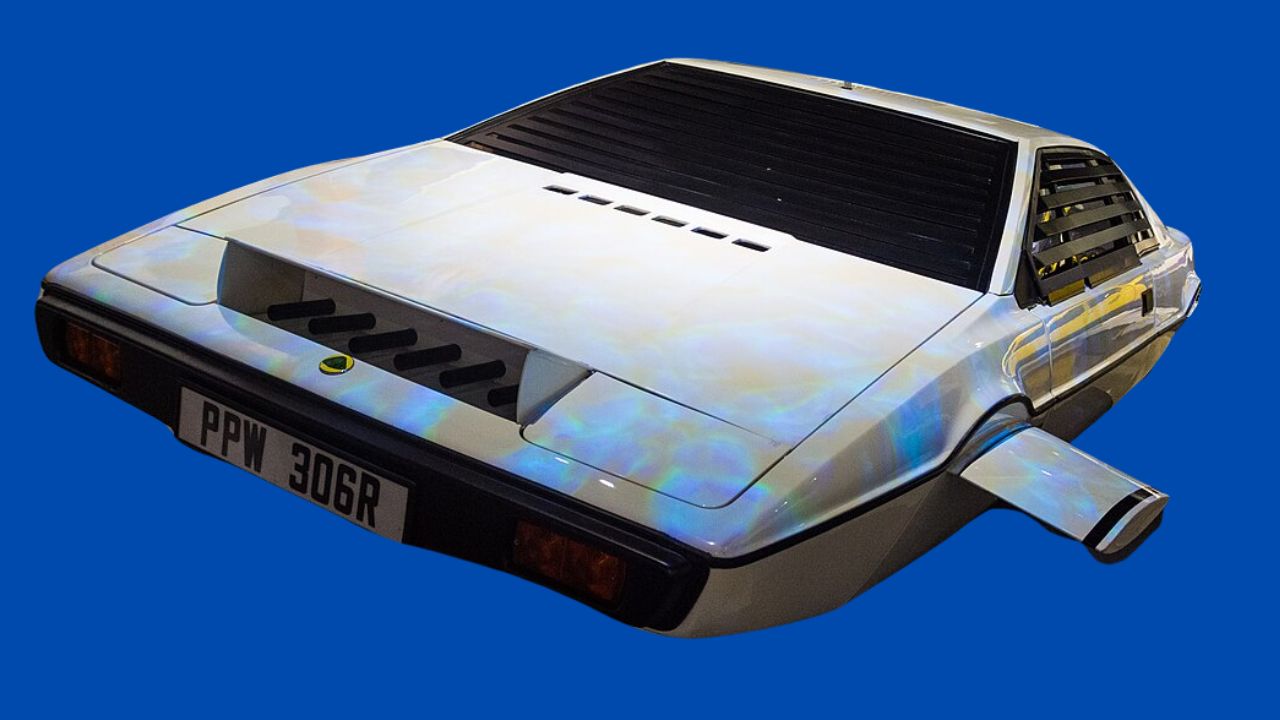


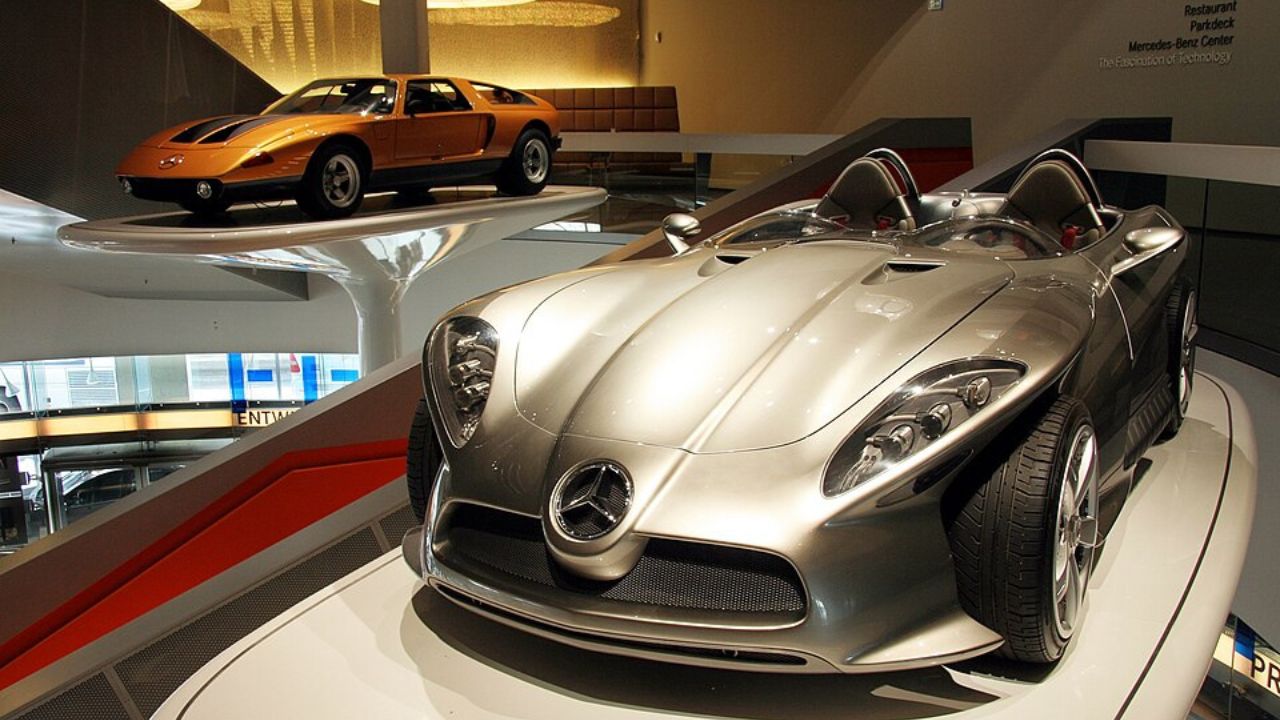
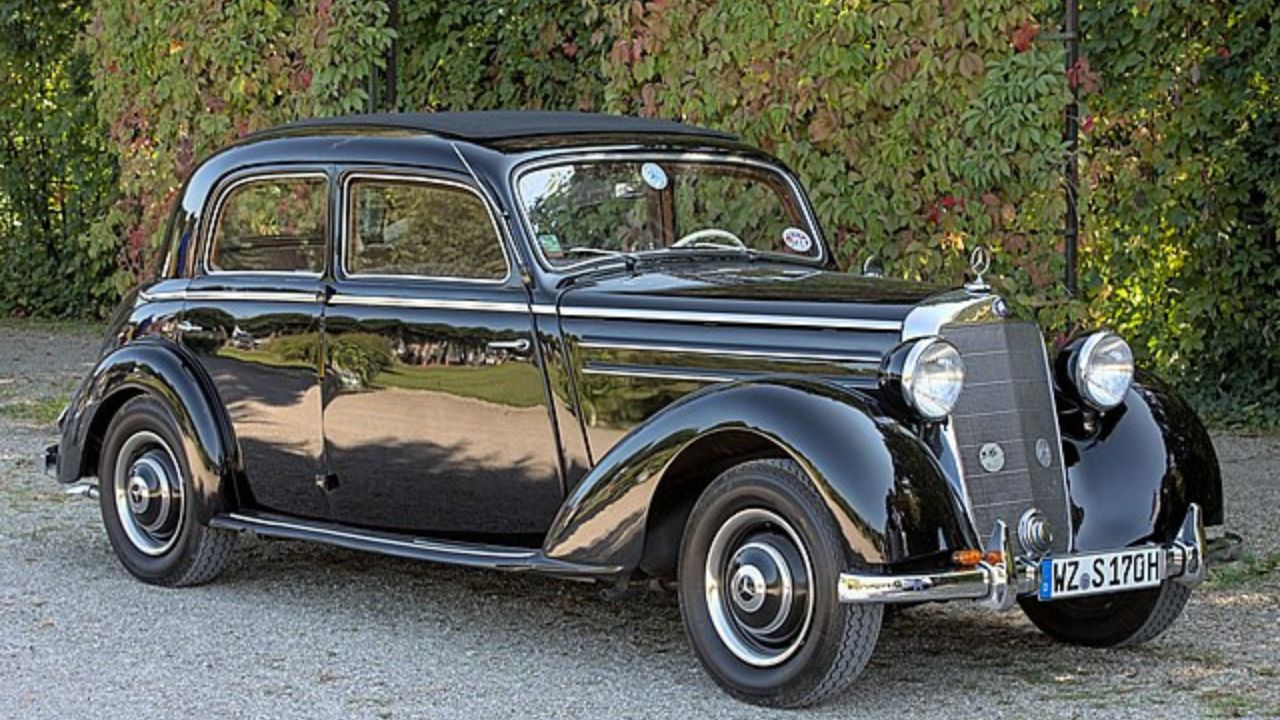
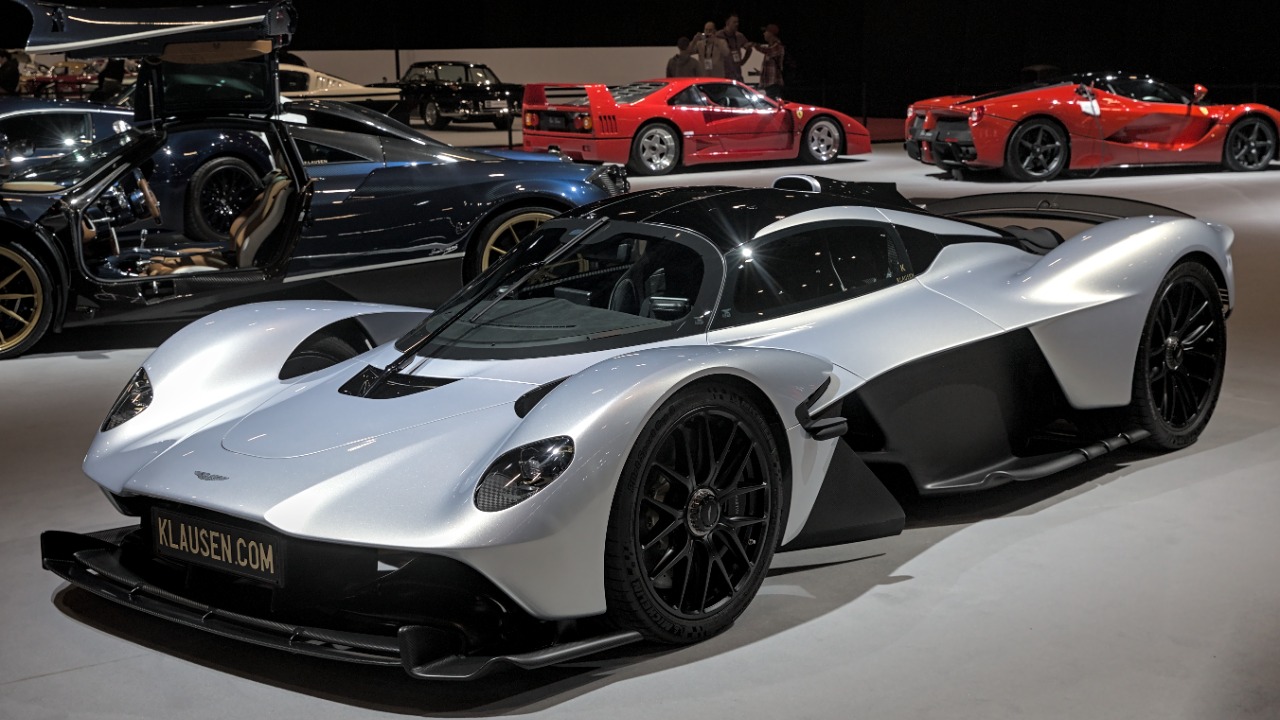
Leave a Reply